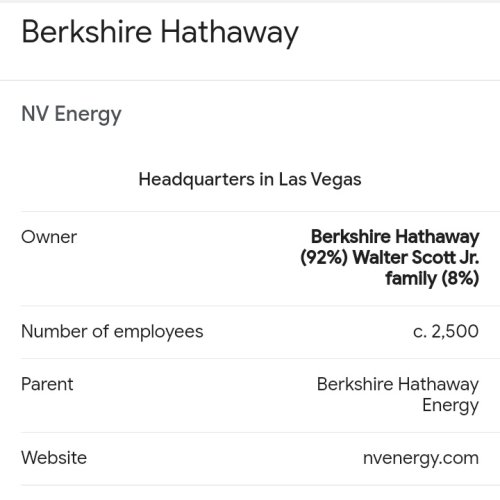ropeup79
Member
Very. I know of a lot of old mines that have been reclaimed and/or are popular lakes/ponds open for recreation. Solar panels are not recyclable and only have a 20-25 year lifespan. Maybe we can fill old mines up with old solar panels and wind turbines.









